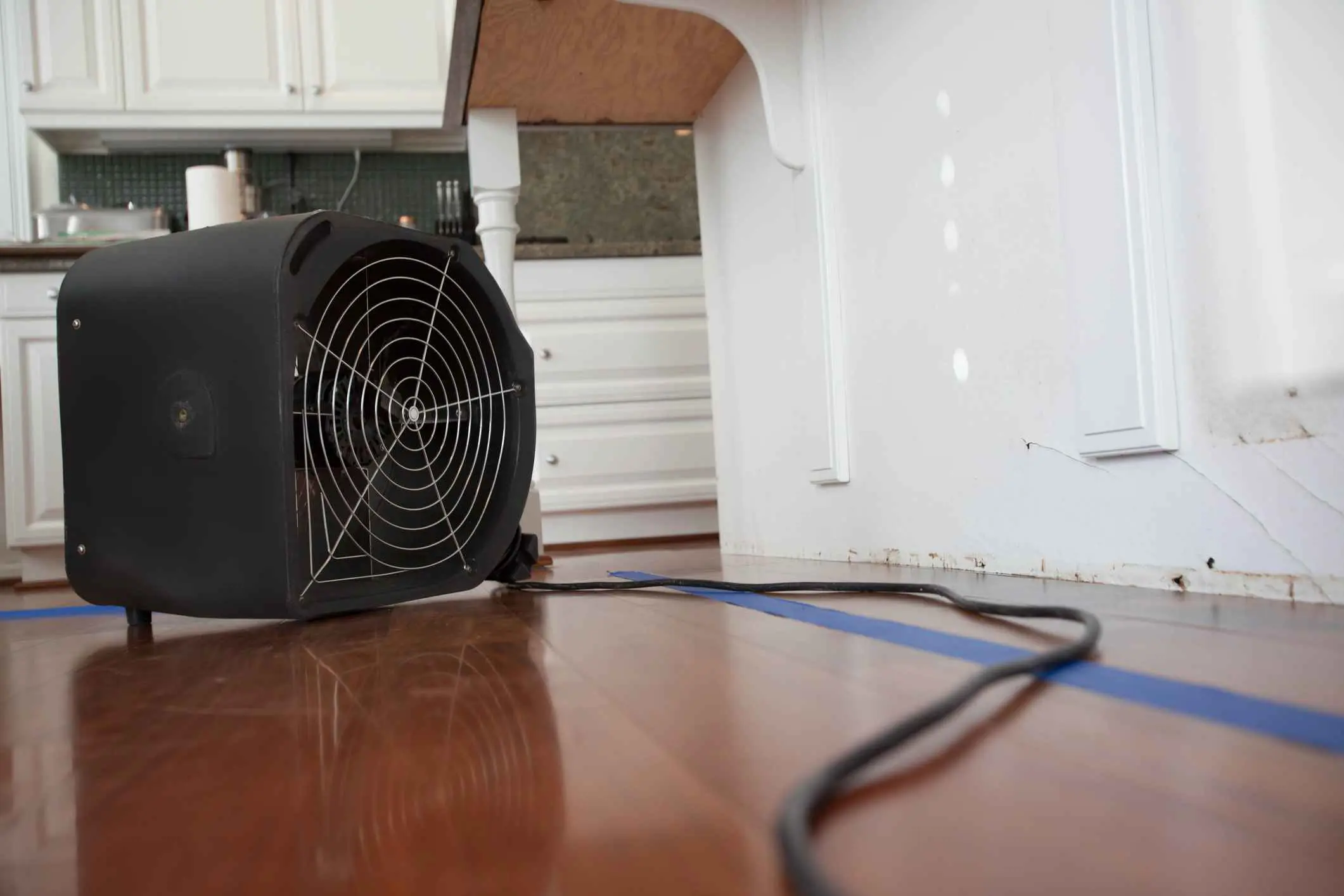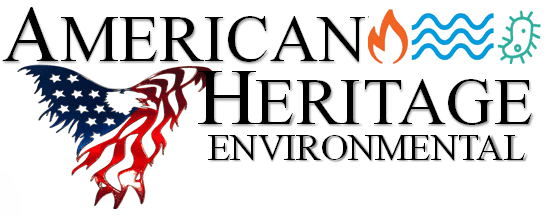24/7 Expert Water Damage Restoration Services
Our team at American Heritage Environmental LLC. is here to provide comprehensive water damage restoration services whenever you need them. Available 24/7 for emergency repairs, we understand that water damage can strike at any time, causing severe harm to your property. Water damage can result in significant property loss and can manifest in various ways. It occurs when water intrudes into a material or system, triggering destructive processes such as wood rot, mold growth, bacteria proliferation, rusting of steel, swelling of composite woods, and the delamination of materials like plywood. Water damage can be slow and minor, such as water spots gradually marring a surface, or it can be sudden and catastrophic, such as burst pipes or flooding. Regardless of the speed at which it occurs, water damage is a major contributor to property loss and requires prompt and thorough restoration.


Insurance and Water Damage Restoration
Water damage may or may not be covered by your homeowner's insurance policy. Common causes of residential water damage include sump pump failure, broken pipes, dishwasher malfunctions, washing machine overflow, and flooding. Many standard homeowner's insurance policies do not cover water damage resulting from sump pump failure unless an addendum is added to the policy, often referred to as "sewer and drain coverage." It's important to review your policy to ensure adequate coverage, as water damage restoration costs can be significant.
Common Causes of Water Damage
Water damage can originate from various sources, including:

The Impact of Plumbing Leaks
According to the Environmental Protection Agency (EPA), plumbing leaks account for 13.7% of all water usage in homes, with an average of 10,000 gallons of water wasted annually per household due to leaks. Even a small crack in a pipe, as tiny as 1/8-inch, can release up to 250 gallons of water per day. Experts recommend homeowners inspect and replace worn pipe fittings and hose connections for household appliances annually to prevent potential water damage.
Water Damage Categories
Water damage is classified into three categories based on the level of contamination:
Category 1 (Clean Water)
Water from a clean source that poses minimal threat to humans. Examples include broken water supply lines, tub or sink overflows, and appliance malfunctions involving water supply lines.
Category 2 (Grey Water)
Water with significant chemical, biological, or physical contaminants that can cause discomfort or illness. Examples include toilet bowls with urine (no feces), sump pump failures, seepage due to hydrostatic failure, and water from dishwashers or washing machines.
Water Flow
Grossly unsanitary water containing harmful bacteria, fungi, and other contaminants that pose severe health risks. Sources include sewage, seawater, rising water from rivers or streams, storm surges, and standing water. Category 2 water that has been left stagnant may also be reclassified as Category 3 water.
Our water damage restoration experts are trained to handle all categories of water damage, ensuring your property is thoroughly cleaned, restored, and made safe once again.

Prevent Further Damage
Water damage can be sudden and devastating, affecting your property and health. Schedule flood and water damage repair now to protect your investment. We offer free quotes, and our services are only a call or email away. Reach our emergency service or get a free quote. For more questions, email us.

